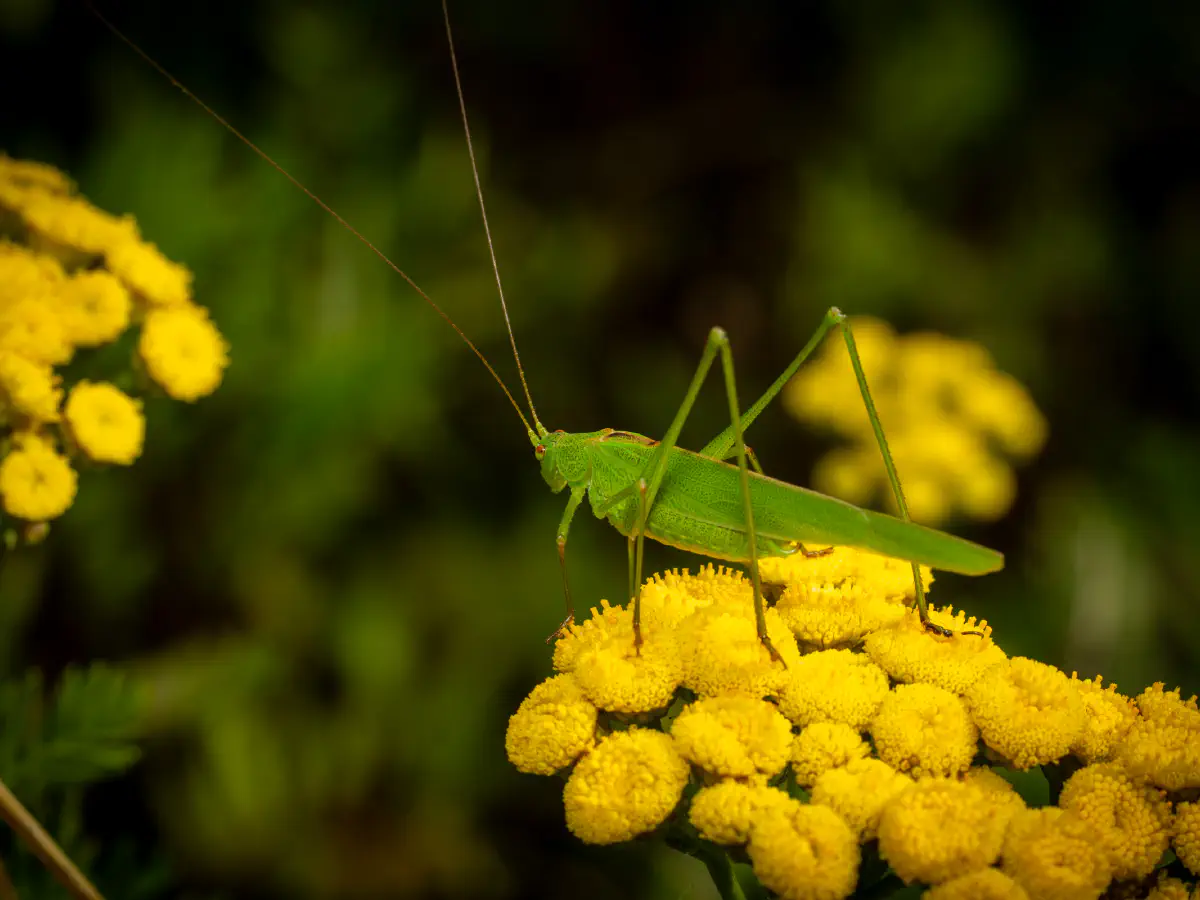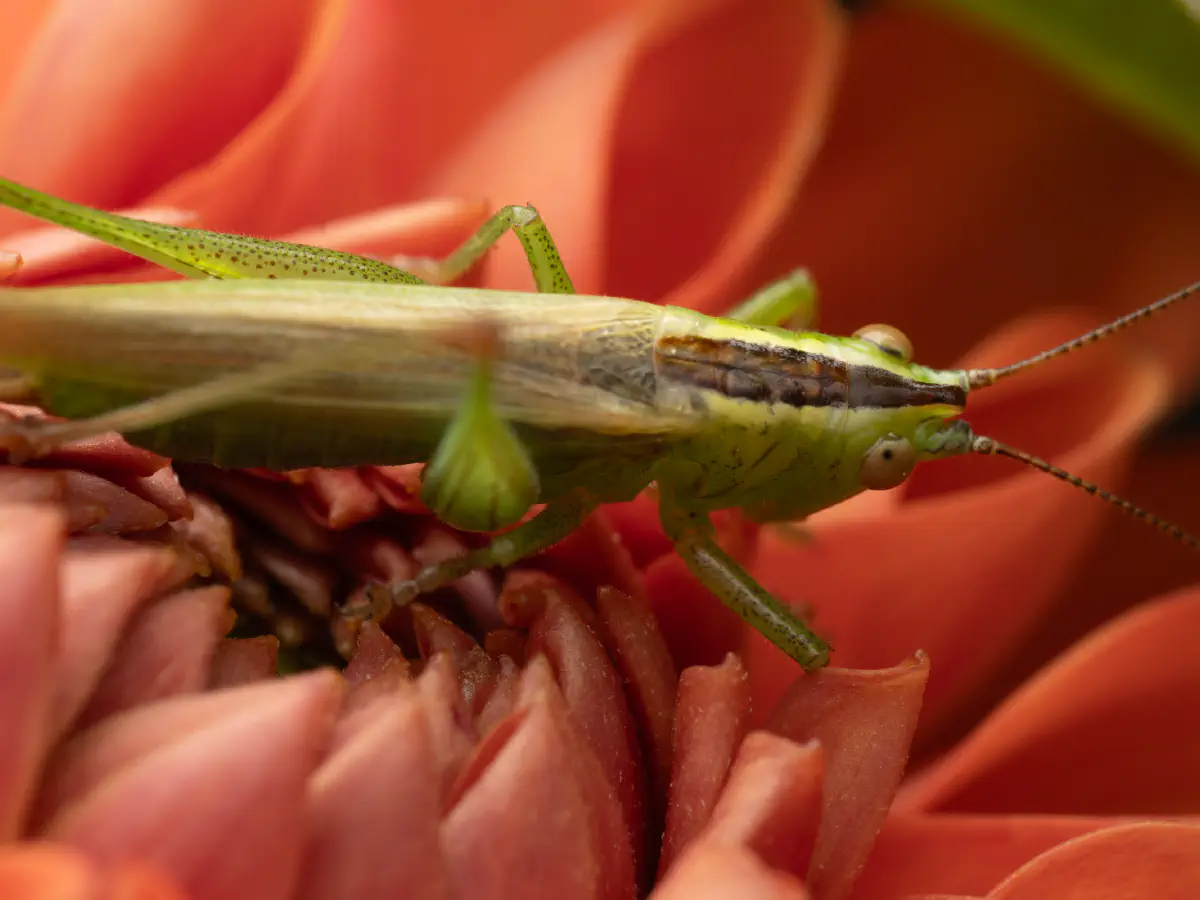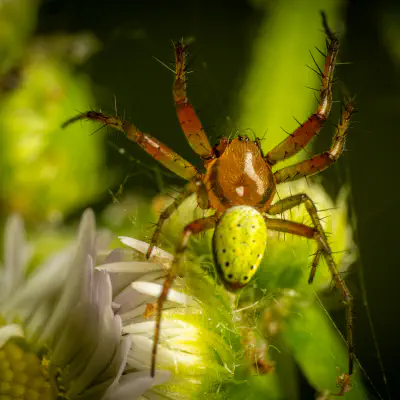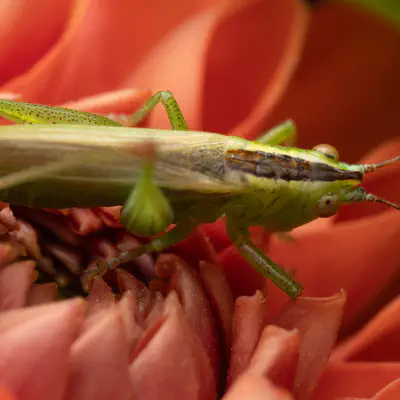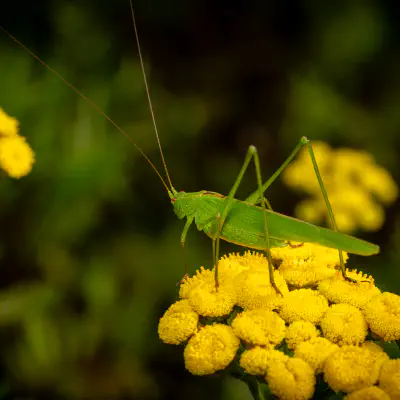C. fuscus can be found in parts of France, Italy, and the Netherlands, but it has made is biggest appearance in the United Kingdom. When the species was first discovered in Britain in the 1940s it was confined to the South Coast but in the 1980s there was dramatic population growth and its range expanded more than 150 miles in 20 years. Today the long-winged conehead can be found in northwestern parts of the country
beyond the River Thames and as far west as Wales.
The increase in the global climate over the past few decades has had a significant impact on the spread of this species. The northward range expansion coincides with the worldwide increase in temperature due to the greenhouse effect. Universally, species respond to fluctuations in climate by increasing or contracting their breeding ranges. If the opportunity arises for a species to expand its realised niche due to
favourable conditions that have become available, it is advantageous for them to do so. In the 1950s the climate began to cool in the northern hemisphere, causing longer winters in southern Europe. This kept the long-winged coneheads in the southern part of the UK, where they were first sited, for a period of time. In 1975 the effects of the greenhouse gases began to neutralise the cooling effects from the previous decades, and as the
climate in the United Kingdom slowly rose, the long-winged coneheads started to increase the limits of their range farther northward. However, the major expansion did not occur until 1980 when global warming caused a significant increase in temperature in the northern hemisphere. Since 1980 the temperature has risen linearly by 0.13 °C or 0.23 °F ± 0.03 °C or 0.05 °F per decade and the greatest impact fell between 40°N and 70°N latitude. This latitudinal
region includes the United Kingdom and southern Europe, which explains why the long-wing conehead, and other European fauna, has responded most readily to the warming climate and expanded its range.
Another factor propagating this expansion is the presence of extra long-winged individuals within the species. The populations found farther north, at the range borders, have a higher percentage of extra long-winged (macropterous) individuals in comparison to populations in range core. Ando and Hartley (1982) found the
macropters to be more active and capable of sustained flight. The long-winged individuals would engage flight for short periods of time if disturbed but would more readily seek cover. Simmons and Thomas (2004) also found that there was a difference in flight capability between the range populations. Individuals in border populations were able to fly up to four times longer (16.7 km or 10.4 mi ± 2.3 km or 1.4 mi) than those in the
core (4.2 km or 2.6 mi ± 0.8 km or 0.50 mi). This suggests that there may be genetic differences between the two range populations and that the effect density on the formation of one phenotype or another is a plastic response; however, this evidence is not definitive. It is clear that macropterous individuals have a selective advantage due to their capability for sustained flight, allowing them to form new colonies and benefit from habitats
that have opened up farther north.
This expansion is beneficial for the species as well as the individuals within the species. As the species expands its range as a whole the individuals can take advantage of the unclaimed territory, which previously had an unsuitable climate. The individuals that now inhabit the area do not have to compete for resources such as food and shelter, and therefore can put more time and energy into ensuring the reproductive
success of their offspring and the prorogation of their own genes. This is especially beneficial for the extra long-winged individuals who experience a reproductive trade off with wing morphology.
Conocephalus fuscus shares the same habitat as many species of bush-crickets. It makes its home in grassy meadows, woodlands, dry heaths, and among course vegetation. They can also be found living near water in reed beds, marshes, or bogs. This species prefers areas with a warm climate,
as evident by their recent northern dispersal due to the increase in global climate.
